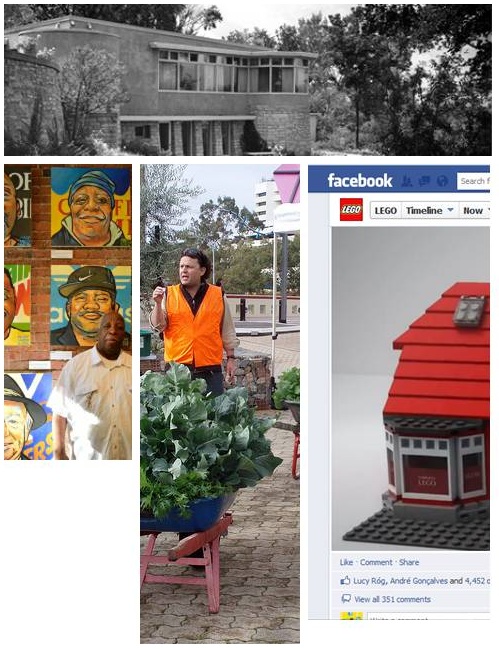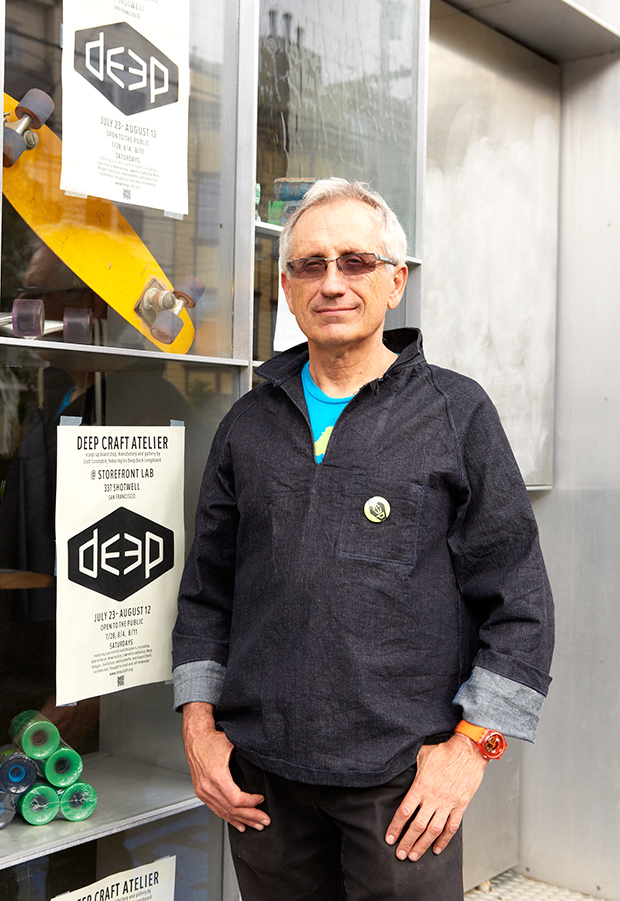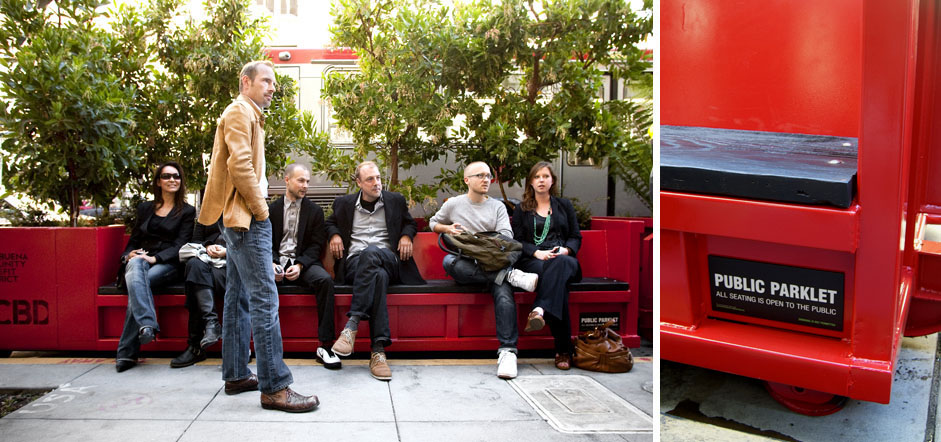 Building inspiring cultural centers. Olson Kundig tackles homelessness. Tribute to Elizabeth Scheu Close. Lego's clever social media campaign.
Building inspiring cultural centers. Olson Kundig tackles homelessness. Tribute to Elizabeth Scheu Close. Lego's clever social media campaign.
Building inspiring cultural centers. While we prize creativity in cities today, the cultural centers that we’ve built to celebrate it rarely hit the mark. Many of our cultural enters turn inward, away from the street and onto an internal space that is only nominally for gathering and mainly used for passing through.
The good news is that shifting attitudes are chipping away at the austere walls of yesterday’s “culture ghettos,” with people demanding more inspiring, interactive gathering places. Creativity is becoming one of the most coveted social assets for post-industrial cities with increasingly knowledge-based economies.
Via Project for Public Spaces Placemaking Blog
Olson Kundig tackles homelessness. The firm has leased former retail space that it calls [storefront] to many cultural statements, but its most recent iteration explores the issue of homelessness. A+A interviews Alan Maskin, partner in the firm, and associate Marlene Chen about SKID ROAD.
“With the challenge of homelessness, we think there is an inclination for most people to look away. SKID ROAD—like several of the other [storefront] installations we’ve done over the year—asks the public to look closer.” – Alan Maskin
Tribute to Elizabeth Scheu Close. Writer Mason Riddle remembers the first woman architect in Minnesota dedicated to a modernist aesthetic and his first encounter with the 85-year-old in 1997.
Dedicated to a no-frills modernism, Close and her design practice that she shared with her husband included homes, public and private housing projects, medical facilities, and the Gray Freshwater Biological Institute on Lake Minnetonka, in Navarre Minnesota. Their structures are characterized by flat or gently sloping roofs, generous amounts of wood countered by brick or cinder block, an abundance of glazing, open floor plans and an obvious functionality.
Via Metropolis Magazine POV Blog
Innovative Social Media Campaigns
LEGO, the Danish toymaker, is celebrating its 80 years of toy creation with an animated video that traces the company's history. The 17-minute short film, which can be found on LEGO’s newly launched YouTube channel or Facebook page, describes LEGO through the eyes of its founders, who make up three generations Christiansens. The video has received more than 4,000 likes, nearly 350 comments and 2,700 shares on Facebook and 1.4 millions views on YouTube since Aug. 10.
http://www.youtube.com/user/LEGO
http://www.facebook.com/LEGOGROUP
What do you think of this campaign?







